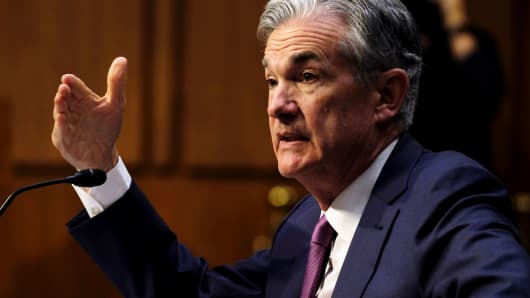Central banks are the top cops on the beat controlling the economy's lifeline. They see everything and know everything. If they don't, they are not doing their job. And if they don't promptly and properly act on what they see and know, they should think again about the sacred duty of public service.
It's that simple. A sobering reminder at the time of the Great Recession's sad anniversary, and the profound economic and political changes it has ushered in the trans-Atlantic community.
At the heart of that devastating event were serious errors of monetary policy, coupled with failures to effectively supervise and manage the financial system. The rest, as the saying goes, is history.
Ideally, it should be the history in Cicero's sense: "History is life's teacher" the Roman sage said, noting that reflections on the past should serve as lessons for the future.
An overwhelming majority of those warning about incipient financial crises tell us that we have learned nothing from the debacle that began to wreak havoc more than 10 years ago. By contrast, a distinct minority that believes that the West's financial system has been strengthened since the spectacular demise of Lehman Brothers is barely audible.
But, as always, blame-game debates and high-handed judgments are not particularly illuminating.



